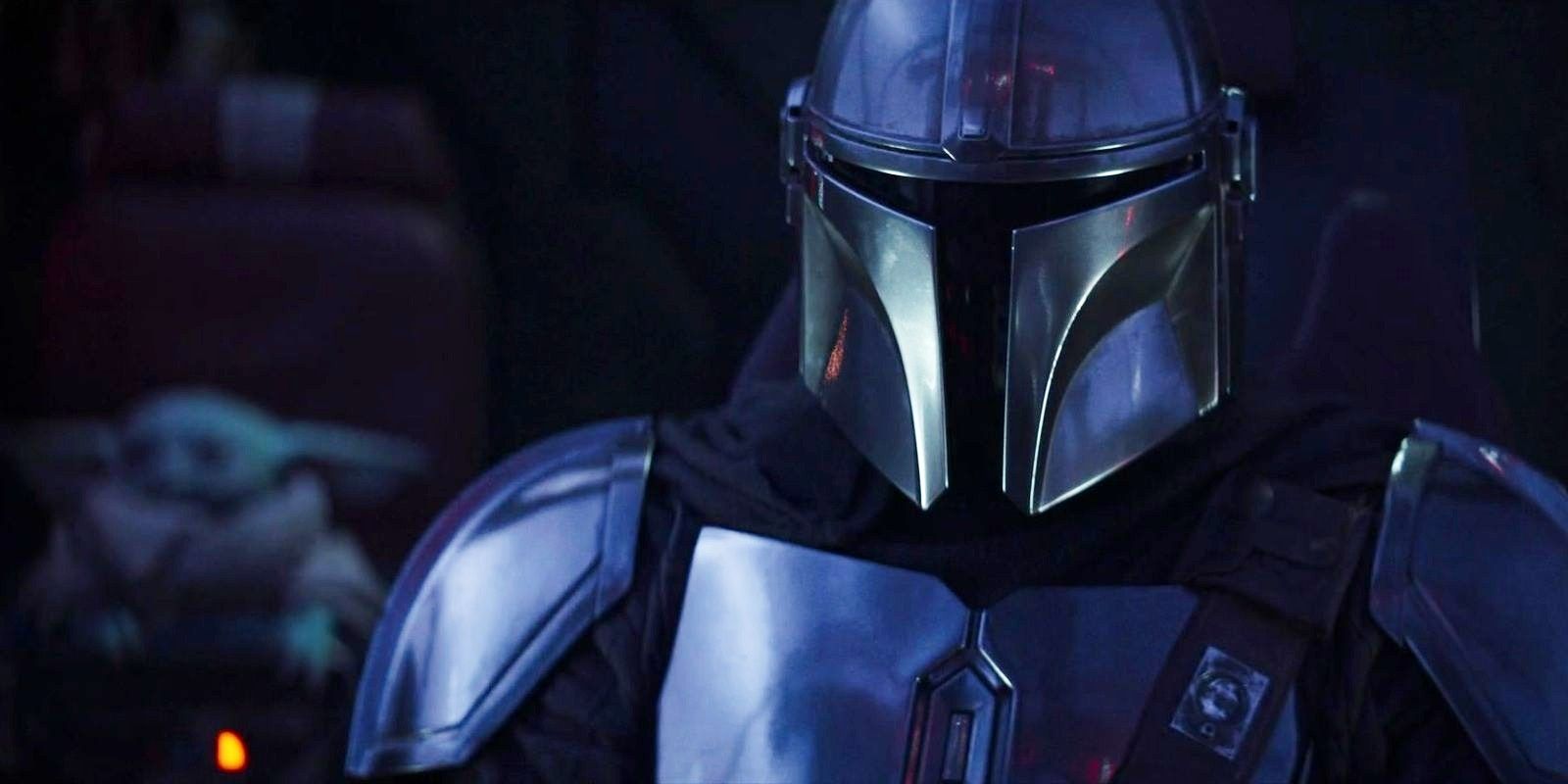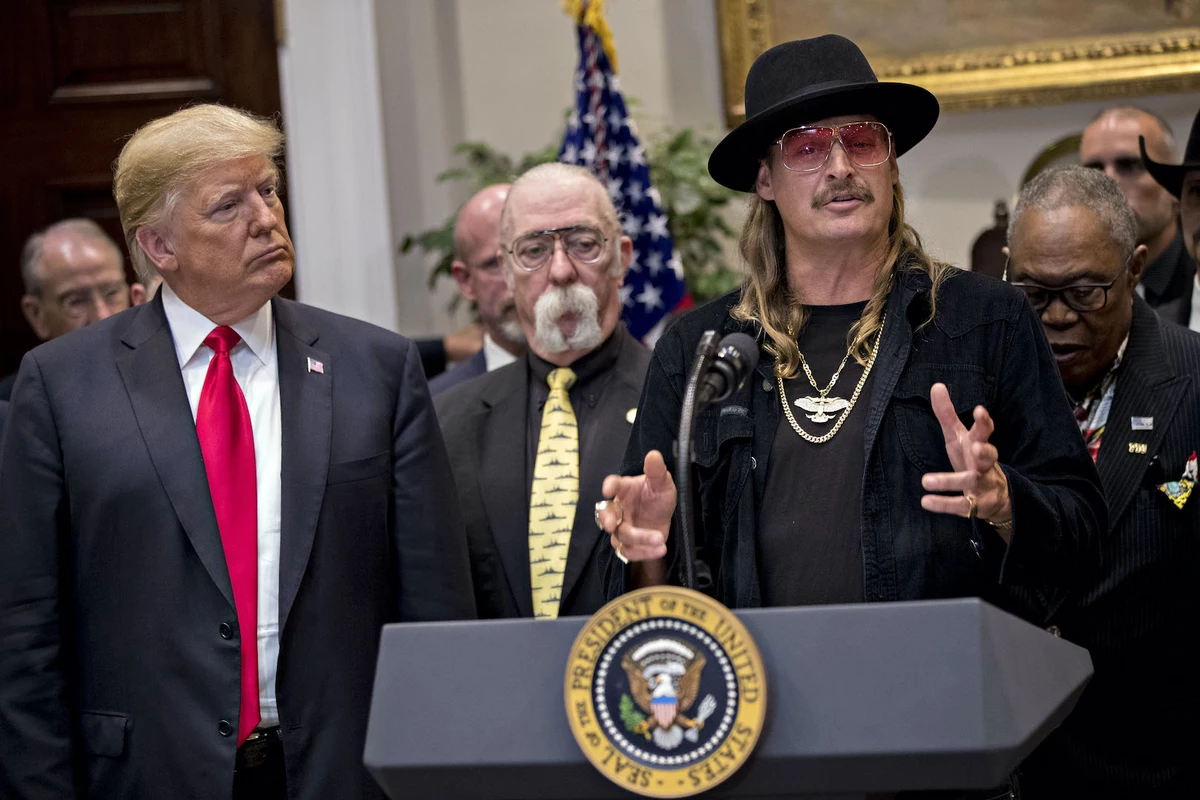A century ago, on February 18, 1923, the first issue of Weird Tales appeared on American newsstands. Subtitled “The Unique Magazine,” it was, as the Encyclopedia of Science Fiction puts it, “the first pulp magazine to specialize in supernatural and occult fiction,” including horror, fantasy, science fiction, and everything else, well, weird. It was in Weird Tales that H.P. Lovecraft first published his Cthulhu stories, that Robert E. Howard built up Conan the Barbarian, and that an entire style of literature was flexed and honed and shared.
The first run of Weird Tales ended in 1954, and since then, much like Dracula, the magazine has been revived, killed, and revived again many times. The modern iteration has been publishing “more or less continuously,” as its editors put it, albeit with several changes in leadership and format, since 1988, which is probably why its new (unofficial) subtitle is “The Magazine that Never Dies.”
To celebrate the centennial of the first issue of Weird Tales, here are a few classic stories from the magazine’s glory days that are available to read right now. But of course this is just scratching the surface, so leave your own favorites (with links if you’ve got ’em!) in the comments.
Greye la Spina, “The Remorse of Professor Panebianco” (Weird Tales, January 1925)
“Cielo, what an enormous crystal globe, Filippo!” exclaimed Dottore Giuseppe del Giovine, regarding the great inverted glass bell that hung over the professor’s dissecting table. “What’s the idea of that?” he added curiously.
H.G. Wells, “The Stolen Body” (originally published in The Strand Magazine in 1898; reprinted in Weird Tales in November 1925)
Mr. Bessel was the senior partner in the firm of Bessel, Hart, and Brown, of St. Paul’s Churchyard, and for many years he was well known among those interested in psychical research as a liberal-minded and conscientious investigator. He was an unmarried man, and instead of living in the suburbs, after the fashion of his class, he occupied rooms in the Albany, near Piccadilly. He was particularly interested in the questions of thought transference and of apparitions of the living, and in November, 1896, he commenced a series of experiments in conjunction with Mr. Vincey, of Staple Inn, in order to test the alleged possibility of projecting an apparition of one’s self by force of will through space.
Everil Worrell, “The Canal” (Weird Tales, December 1927)
Past the sleeping city the river sweeps; along its left bank the old canal creeps.
I did not intend that to be poetry, although the scene is poetic—somberly, gruesomely poetic, like the poems of Poe. Too well I know it—too often have I walked over the grass-grown path beside the reflections of black trees and tumble-down shacks and distant factory chimneys in the sluggish waters that moved so slowly, and ceased to move at all.
John Martin Leahy, “In Amundsen’s Tent” (Weird Tales, January 1928, reprinted August 1935)
“Travelers,” says Richard A. Proctor, “are sometimes said to tell marvelous stories; but it is a noteworthy fact that, in nine cases out of ten, the marvelous stories of travelers have been confirmed.”
H.P. Lovecraft, “The Call of Cthulhu” (Weird Tales, February 1928)
The most merciful thing in the world, I think, is the inability of the human mind to correlate all its contents. We live on a placid island of ignorance in the midst of black seas of infinity, and it was not meant that we should voyage far. The sciences, each straining in its own direction, have hitherto harmed us little; but some day the piecing together of dissociated knowledge will open up such terrifying vistas of reality, and of our frightful position therein, that we shall either go mad from the revelation or flee from the deadly light into the peace and safety of a new dark age.
Tennessee Williams (as Thomas Lanier Williams), “The Vengeance of Nitocris” (Weird Tales, August 1928)
Hushed were the streets of many peopled Thebes. Those few who passed through them moved with the shadowy fleetness of bats near dawn, and bent their faces from the sky as if fearful of seeing what in their fancies might be hovering there. Weird, high-noted incantations of a wailing sound were audible through the barred doors. On corners groups of naked and bleeding priests cast themselves repeatedly and with loud cries upon the rough stones of the walks. Even dogs and cats and oxen seemed impressed by some strange menace and foreboding and cowered and slunk dejectedly. All Thebes was in dread. And indeed there was cause for their dread and for their wails of lamentation. A terrible sacrilege had been committed. In all the annals of Egypt none more monstrous was recorded.
Robert E. Howard, “Worms of the Earth” (Weird Tales, November 1932)
“Strike in the nails, soldiers, and let our guest see the reality of our good Roman justice!”
Carl Jacobi, “Revelations in Black” (Weird Tales, April 1933)
It was a dreary, forlorn establishment way down on Harbor Street. An old sign announced the legend: “Giovanni Larla- Antiques,” and a dingy window revealed a display half masked in dust.
Catherine L. Moore, “Shambleau” (Weird Tales, November 1933)
Man has conquered Space before. You may be sure of that. Somewhere beyond the Egyptians, in that dimness out of which come echoes of half-mythical names—Atlantis, Mu—somewhere back of history’s first beginnings there must have been an age when makind, like us today, built cities of steel to house its star-roving ships and knew the names of the panets in their own native tongues – heard Venus’ people call their wet world “Sha-ardol” in that soft, sweet, slurring speech and mimicked Mars’ guttrual “Lakkdiz” from the harsh tongues of Mars’ dryland dwellers. You may be sure of it. Man has conuered Space before, and out of that conquest faint, faint echoes run still through a world that has forgotten the very fact of a civilization which must have been as mighty as our own. There have been too many myths and legends for us to doubt it. The myth of the Medusa, for instance, can never have had its roots in the soil of Earth. That tale of the snake-haired Gorgon whose gaze turned the gazer to stone never originated about any creature that Earth nourished. And those ancient Greeks who told the story must have remembered, dimly and half believing, a tale of antiquity about some strange being from one of the outlying planets their remotest ancestors once trod.
Clark Ashton Smith, “The Dark Eidolon” (Weird Tales, January 1935)
On Zothique, the last continent on Earth, the sun no longer shone with the whiteness of its prime, but was dim and tarnished as if with a vapor of blood. New stars without number had declared themselves in the heavens, and the shadows of the infinite had fallen closer. And out of the shadows, the older gods had returned to man: the gods forgotten since Hyperborea, since Mu and Poseidonis, bearing other names but the same attributes. And the elder demons had also returned, battening on the fumes of evil sacrifice, and fostering again the primordial sorceries.
Mary Elizabeth Counselman, “The Three Marked Pennies” (Weird Tales, August 1938)
Every one agreed, after it was over, that the whole thing was the conception of a twisted brain, a game of chess played by a madman—in which the pieces, instead of carved bits of ivory or ebony, were human beings.
Robert Barbour Johnson, “Far Below” (Weird Tales, June/July 1939)
With a roar and a howl the thing was upon us, out of total darkness. Involuntarily I drew back as its headlights passed and every object in the little room rattled from the reverberations. Then the power-car was by, and there was only the “klackety-klack, klackety-klack” of wheels and lighted windows flickering past like bits of film on a badly-connected projection machine.
Ray Bradbury, “The Scythe” (Weird Tales, July 1943)
Quite suddenly there was no more road. It ran down the valley like any other road, between slopes of barren, stony ground and live oak trees, and then past a broad field of wheat standing alone in the wilderness. It came up beside the small white house that belonged to the wheat field and then just faded out, as though there was no more use for it.
Robert Bloch, “Yours Truly, Jack the Ripper” (Weird Tales, July 1943)
I looked at the stage Englishman. He looked at me.
Ray Bradbury, “Fever Dream” (Weird Tales, September 1948)
They put him between fresh, clean, laundered sheets and there was always a newly squeezed glass of thick orange juice on the table under the dim pink lamp. All Charles had to do was call and Mom or Dad would stick their heads into his room to see how sick he was. The acoustics in the room were fine; you could hear the toilet gargling its porcelain throat of mornings, you could hear rain tap the roof or sly mice run in the secret walls. If you were very alert, sickness wasn’t too bad.
Isaac Asimov and Frederik Pohl, “Legal Rites” (Weird Tales, September 1950)
Already the stars were out, though the sun had just dipped under the horizon, and the sky of the west was a blood-stuck gold behind the Sierra Nevadas.
and as a bonus, though it came later, in an anthology:
Tanith Lee, “When the Clock Strikes“ (Weird Tales #1, 1980)
Yes, the great ballroom is filled only with dust now. The slender columns of white marble and the slender columns of rose-red marble are woven together by cobwebs. The vivid frescoes, on the faces of the painted goddesses look gray. And the velvet curtains-touch them, they will crumble. Two hundred years, now, since anyone danced in this place on the sea-green floor in the candle gleam. Two hundred years since the wonderful clock struck for the very last time.

























































